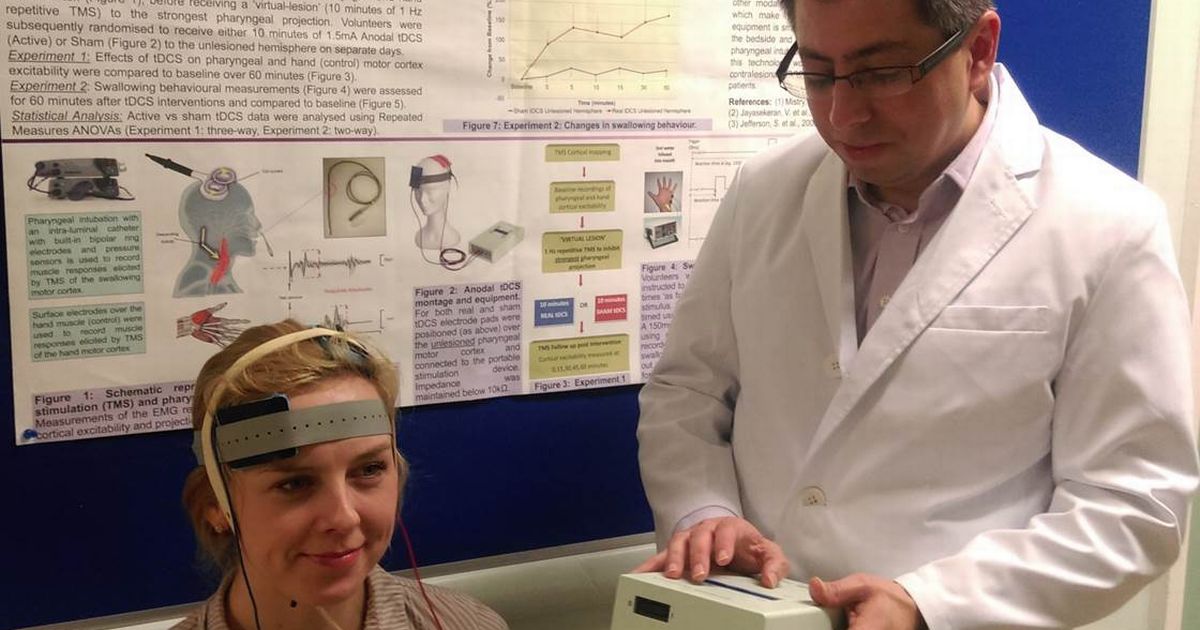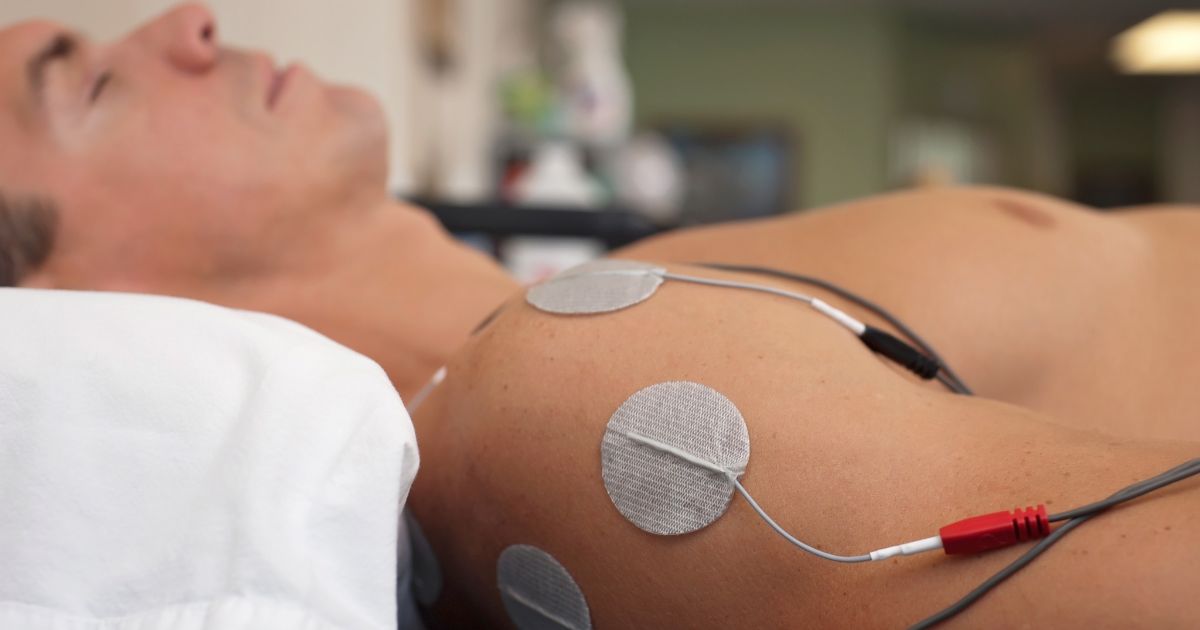How To Treat Hemiparesis
Hemiparesis is a medical condition that causes weakness in one side of the body. It usually results from cerebral palsy or a stroke, and it may also develop in patients with brain tumors, traumatic brain injuries, meningitis, multiple sclerosis, and degenerative disorders such as Parkinson's disease. While patients with hemiparesis can still move the affected side of their body, their strength on the affected side is often greatly reduced. The condition can affect the hands, arms, feet, legs, and face. Common symptoms of hemiparesis include difficulty with walking and grasping objects, loss of balance and coordination, leaning to one side while standing or sitting, loss of bladder control, and muscle fatigue.
To diagnose hemiparesis, doctors carry out a physical examination to check the patient's sensation, grip strength, reflexes, flexibility, and range of motion. A gait assessment is also done to detect problems with balance. Patients may also need CT or MRI scans.
Cortical Stimulation

Cortical stimulation is a form of electrical stimulation that may help patients with hemiparesis regain some range of motion and increase sensory awareness in the affected side of the body. The treatment involves an operation to place electrodes on the dura, a hard membrane covering the brain. A type of stimulation known as motor cortex stimulation is usually performed on hemiparesis patients.
The procedure can help patients improve the movement in their arms, hands, and fingers. Currently, it is only appropriate for patients who still have some natural movement in the hands and fingers before the surgery. In this procedure, electrodes are placed to stimulate the cortex, the area of the brain that controls movements in the face and extremities. Once placed, the electrodes can stimulate the brain while the patient takes part in rehabilitation exercises.
Modified Constraint-Induced Therapy

Physical and occupational therapists use this form of therapy, and it is intended to strengthen the affected side of the patient's body by restricting movement in the unaffected side. With regular practice, modified constraint-induced therapy has been shown to improve nerve function.
Modified constraint-induced therapy in patients with hemiparesis that affects the arm means therapists will suggest patients wear a sling around their unaffected arm during waking hours. This forces the patient to perform tasks with their affected arm and can improve strength. This form of therapy is particularly helpful with repetitive tasks such as turning the pages of a book, clicking a mouse, writing, or grasping objects.
Imagery And Visualization

Since the nerves that control physical movement and visualization overlap, the use of imagery and visualization techniques can be especially helpful for hemiparesis patients when used in conjunction with other therapies. Imagery techniques for individuals with hemiparesis involve the patient imagining how their affected limb might perform a given movement.
This process activates the muscle areas of the body in the same way they would be activated if the patient were actually moving. Sometimes, imagery and visualization are referred to as motor imagery, and studies have shown the practice is particularly helpful in regaining motion in the arms. It may also aid individuals with hemiparesis who are re-learning how to walk.
Electrical Stimulation

Electrical stimulation helps patients increase their sensory awareness and regain strength and function in their affected side. It is most often used in treating the arm. For this procedure, tiny electrical pads are placed on the skin over weakened muscle groups in the arm. The pads are connected to a machine that delivers a tiny electric charge to the muscles. This charge causes the patient's arm muscles to contract, enabling the patient to move the affected muscle more easily.
While healthcare professionals typically administer this treatment, some stimulation devices are approved for home use. Before using these devices at home, patients should check with their healthcare team to make sure they are using a safe device. Medical staff can explain how the patient should use the machine, where to place the pads, and how often to use the machine. Patients should stop using the device if they experience any pain, and they should report any concerns to their doctor. While stimulation is typically used on the upper extremities, it is also appropriate for use in the feet and legs.
Assistive Devices

Patients with hemiparesis may need assistive devices to perform daily tasks and stay active. The devices needed will depend on which areas of the body have been affected. For example, patients who have an affected arm or hand may benefit from a brace, supportive bandage, or sling. Patients who have weakened legs or feet may need to use a cane, walker, or wheelchair. These devices can help patients maintain both mobility and a social life, resulting in less risk of isolation and loneliness.
Patients should always consult their doctor and their physical and occupational therapists before purchasing any assistive devices. The healthcare team will be able to make individualized recommendations based on the patient's particular needs and train patients on how to use their devices properly. For example, when using a cane or walker, it is important the patient does not lean on the cane excessively, as this creates improper spinal alignment and could cause additional injury. Special adaptations may need to be made to bathrooms for patients living alone. Grab bars, shower benches, and shower chairs may need to be installed, or patients may wish to have a walk-in bathtub placed in their bathroom. Patients should review their use of adaptive devices with their healthcare team regularly to see if any updates could be made to improve their mobility and quality of life.
